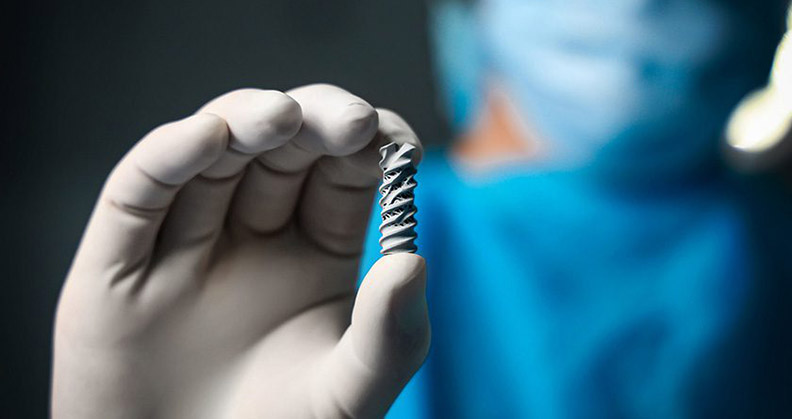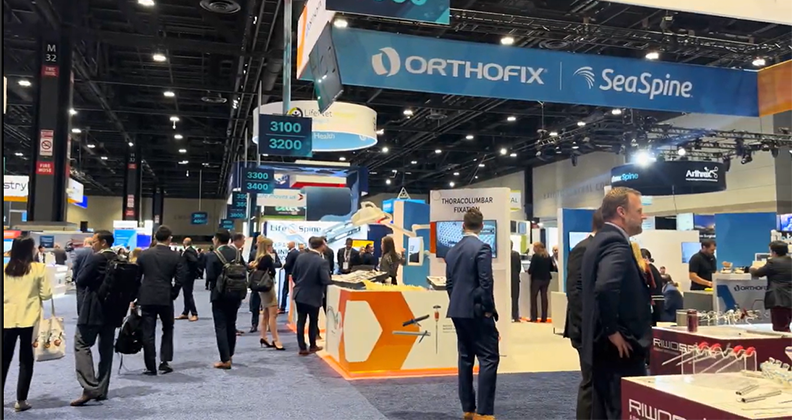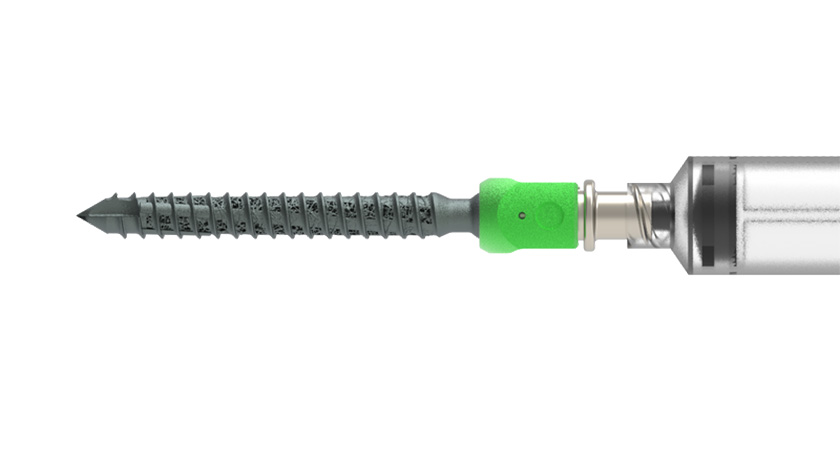
Orthopedic companies that methodically plan product modifications may soon benefit from a streamlined regulatory approach to making those updates. A new FDA draft guidance outlines the use of predetermined change control plans (PCCP) for 510(k), De Novo and PMA medical devices.
A PCCP is a document that describes the planned device modifications, associated methodology to develop, validate and implement those modifications, and an assessment of the impact of those modifications. FDA’s latest guidance details ways companies can establish, utilize and execute a PCCP for different types of devices, including implantables and digital technologies.
Once finalized, the guidance will assist manufacturers in prospectively specifying and seeking premarket authorization for modifications without the need to submit a marketing submission or obtain approval from FDA before implementing design changes.
FDA said the benefit is that companies can iterate devices more quickly.
PCCP Principles
FDA’s guidance is based on five principles that orthopedic companies must understand when implementing PCCPs.
Reasonable assurance of safety and effectiveness and substantial equivalence of devices. A PCCP is part of the device marketing authorization. The information included in a PCCP should enable FDA to assess the safety, effectiveness or substantial equivalence of the device.
PCCPs may be a least burdensome option to support device modifications. PCCPs are optional, and when used appropriately, they are expected to lessen the burden of the approval process for manufacturers and the agency. FDA will review the device and PCCP and determine the acceptability of the proposed plan. The agency said it will use a risk-based approach as it considers the device’s intended use and technological characteristics, as well as the regulatory history of the specific device, device type and manufacturer, and use of FDA’s benefit/risk framework.
PCCPs are part of a device’s marketing authorization. During the market authorization process, FDA will determine the acceptability of the PCCP, including whether the scope of the modifications is appropriate for inclusion in a PCCP and what information and evidence would ensure that the device under that PCCP remains safe and effective.
PCCPs are specific. A PCCP should include modifications that the manufacturer intends to make over time that usually would require a new submission. A PCCP should not include a list of all modifications that a company might make during the device’s lifetime. Manufacturers should include specific modifications that can be verified and validated, maintain the device’s intended use and allow the device to remain substantially equivalent to its predicate device.
PCCPs harmonize with existing FDA Device Modifications guidances. FDA’s Device Modifications guidances help manufacturers determine whether a new marketing submission is required for a modified device. These guidances can be leveraged to determine whether modifications are appropriate when the device does not have a PCCP or when the modification is not consistent with the PCCP.
FDA said companies should use these principles to serve as a foundation for deciding whether to engage in a PCCP. The guidance provides a deeper dive into the ways companies can execute these five principles.
Device Modifications
FDA noted that the concept of a PCCP is not new to the agency. The idea appeared in 2017 guidance that details when to submit a 510(k) for a change to an existing device and a 2019 discussion paper that discusses regulatory frameworks for modifications to artificial intelligence and machine learning (AI/ML)-based software as a medical device.
The latest guidance assists orthopedic companies in determining whether a PCCP may be appropriate for their device.
Modifications that may be appropriate for a PCCP with a 510(k) or De Novo device include changes in:
- Device design, such as dimensions, performance specifications, wireless communication or the patient/user interface
- Sterilization, packaging, transport or expiration dating using well-established methods
- Software related to device compatibility or interoperability (such as changes to support device use on additional OS)
- Single-use to reusable
- Labeling or the indications for use to specify use of the device with an additional device or component
Modifications that may not be appropriate for a PCCP with a 510(k) or De Novo device include changes in:
- Device control mechanism, operating principle or energy type
- Labeling or indications for use to include a new patient population
- Need for new clinical data
- Updates that address a recall or safety issue
The guidance includes specific examples, including absorbable polyethylene surgical sutures for soft tissue repair. FDA said appropriate PCCP modifications to these devices would include changes to a different non-novel sterilization method, extended shelf life using a different well-established method for testing and additional product line dimensions. Non-appropriate inclusions of a PCCP would be the addition of antimicrobials, change in filament design to an atypical design or addition of a stiffening agent to the suture.
In April, FDA and the Orthopaedic Surgical Manufacturers Association (OSMA) met to discuss the agency’s evolving views of digital health, including PCCPs in relation to AI/ML. Regulatory affairs professionals from Stryker and Medtronic spoke positively about FDA’s embracement of PCCPs and their interactions with the agency.
Manan Hathi, Senior Manager, Regulatory Advocacy Digital at Stryker, provided members of industry advice on PCCPs in relation to software. “FDA wants specific details on the machine learning model,” Hathi said, adding that companies should not consider their modifications a wish list. “What will trigger the retraining of your model? How will you validate to ensure the machine learning device software functions are working as intended? FDA wants to see the entire device validated, not just individual units. Also, once you have validated it, how will you update the software that’s already in the field?”
Hathi and FDA encouraged companies to leverage the Q-Submission Program to obtain feedback on a proposed PCCP, regardless of the type of product or marketing pathway.
What’s Next
Companies can provide comments to FDA on the draft guidance until November 20, 2024. Once the final guidance is released, FDA will update published documents that already call out PCCPs.
While the best use cases and benefits of PCCPs will take years to play out, the latest guidance is an indication that FDA continues to evolve its thinking about how to quickly and safely iterate medical devices.
CL
Carolyn LaWell is ORTHOWORLD's Chief Content Officer. She joined ORTHOWORLD in 2012 to oversee its editorial and industry education. She previously served in editor roles at B2B magazines and newspapers.




